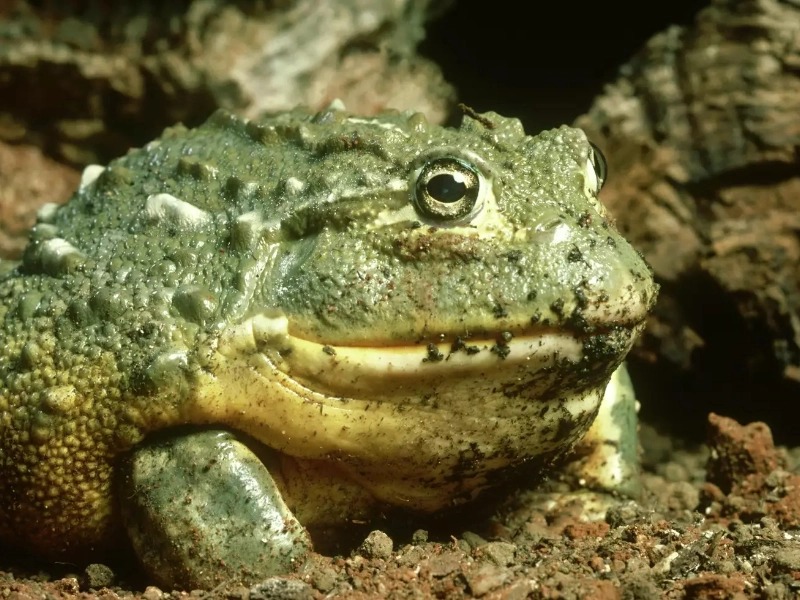
17 Animals Amazingly Adapted to Thrive in Deserts
By • Last Updated7. Snow Leopard

Scientifically known as Panthera uncia, the snow leopard is one of the most esteemed and elusive species inhabiting high-altitude regions such as the Himalayas and the Gobi Desert. Not only is it a magnificent animal, but it is also a master of adaptability in some of the most challenging habitats on Earth. Renowned for its striking appearance, the snow leopard boasts a thick, smoky-gray coat adorned with black rosettes and patches. Its unique physical and behavioral adaptations are key to its survival in these demanding environments.
One of the most remarkable features of the snow leopard is its physical form, perfectly suited for high-altitude living. With a broad chest and wide nasal cavities, the snow leopard can efficiently extract oxygen from the thin alpine air, allowing it to thrive at elevations exceeding 18,000 feet. This adaptation is crucial for survival in the inhospitable Himalayan regions, where oxygen levels are significantly lower than at sea level. Additionally, its powerful limbs and large paws enable it to navigate uneven and rocky terrain with ease, providing excellent balance and agility as it traverses steep hills and rugged landscapes.
The snow leopard’s thick coat is another vital adaptation for enduring frigid conditions. Its long, dense fur, combined with a soft insulating undercoat, helps retain body heat, allowing the snow leopard to withstand harsh winter temperatures. Furthermore, its long tail serves multiple purposes: it aids in balancing on unstable surfaces and can be wrapped around the body for extra warmth during cold nights.
Hunting is critical to the snow leopard’s existence, and its adaptations extend to its predatory behavior. As solitary hunters, these cats rely on stealth and patience to stalk their prey. Their speckled coat provides excellent camouflage, allowing them to blend seamlessly into the rocky landscape, making it easier to ambush unsuspecting animals. While their diet may include smaller mammals and birds, snow leopards primarily hunt medium-sized ungulates such as ibex, sheep, and goats. Typically, their hunting strategy involves positioning themselves at a high vantage point to scan the terrain for potential prey. Once they spot an animal, they stealthily approach, using the terrain for cover until they are close enough to launch a powerful leap.
The snow leopard’s behavioral adaptations to its harsh environment are equally impressive. Renowned for their agility in navigating steep cliffs and deep snow, these cats have large paws that help distribute their weight, preventing them from sinking into the snow like natural snowshoes. This adaptation not only aids in hunting but also allows them to travel great distances in search of food and mates.
Socially, snow leopards are typically solitary creatures, coming together only during the breeding season. Males and females meet to mate, after which the female raises the cubs alone. Born in hidden dens, often located in rocky crevices that provide shelter from predators and harsh weather, the cubs are fiercely protected by their mother. She teaches them essential survival skills until they are old enough to fend for themselves. This solitary lifestyle allows each snow leopard to maintain its territory and minimize competition for food, a crucial adaptation to the limited resources available in their environment.